Posts in Category: psychology
the study of (mostly human) sensation & perception, cognition (learning, knowledge representation, thinking & reasoning) and behavior (action, judgment, choice & decision making, expertise and skilled performance)
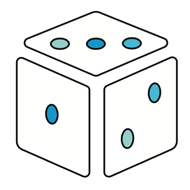

riskyr: A toolbox for rendering risk literacy more transparent
so as to make the solution transparent.
Hansjörg Neth, Felix Gaisbauer, Nico Gradwohl, Wolfgang Gaissmaier
riskyr: A toolbox for rendering risk literacy more transparent
Abstract: Risk-related information — like the prevalence of conditions and the sensitivity and specificity of diagnostic tests or treatment decisions — can be expressed in terms of probabilities or frequencies. By providing a toolbox of methods and metrics, the R package riskyr computes, translates, and displays risk-related information in a variety of ways. Offering multiple complementary perspectives on the interplay between key parameters renders teaching and training of risk literacy more transparent.
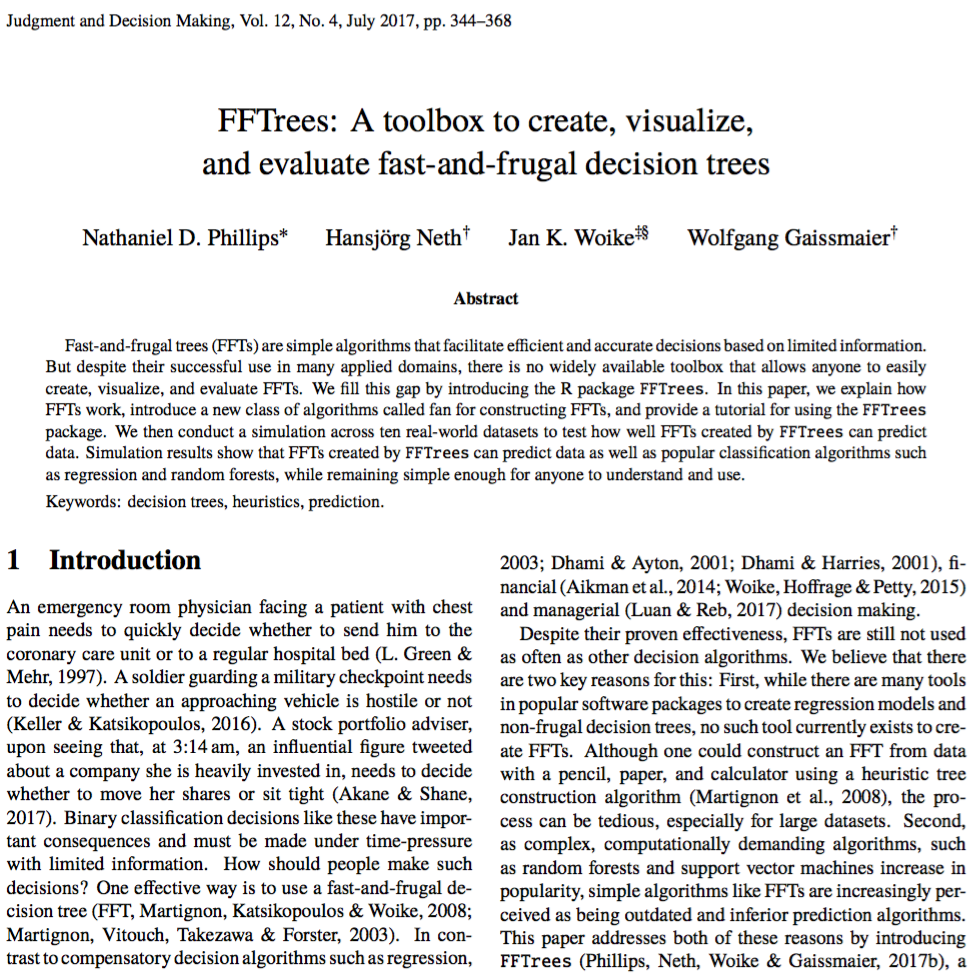
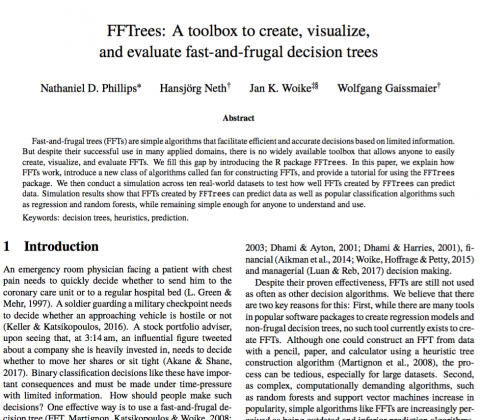
Paper: FFTrees: An R toolbox to create, visualize, and evaluate FFTs
is nevertheless totally incomprehensible to a human expert, can it
be described as knowledge? Under the common-sense definition of this term
as material that might be assimilated and used by human beings, it is not…
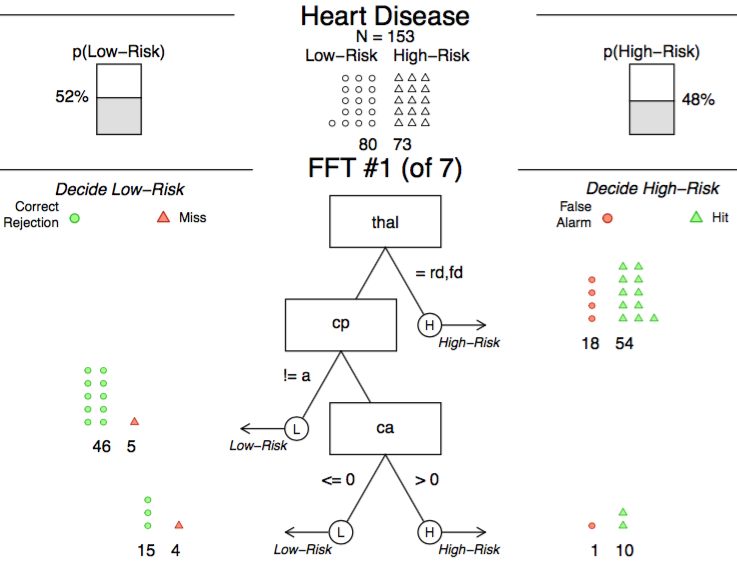
An example of an FFT predicting the risk of having heart disease.
Nathaniel Phillips, Hansjörg Neth, Jan Woike, Wolfgang Gaissmaier
FFTrees: A toolbox to create, visualize, and evaluate fast-and-frugal decision trees
Abstract: Fast-and-frugal trees (FFTs) are simple algorithms that facilitate efficient and accurate decisions based on limited information. But despite their successful use in many applied domains, there is no widely available toolbox that allows anyone to easily create, visualize, and evaluate FFTs. We fill this gap by introducing the R package FFTrees.
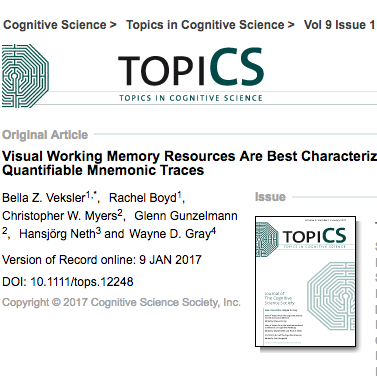

Paper: Visual working memory resources as item activation
Donald D. Hoffmann (1998), p. XII
and those involved in symbol manipulation and the organization of complex behaviors.
Ballard et al. (1997), p. 723
Bella Z. Veksler, Rachel Boyd, Christopher W. Myers, Glenn Gunzelmann, Hansjörg Neth, Wayne D. Gray
Visual working memory resources are best characterized as dynamic, quantifiable mnemonic traces
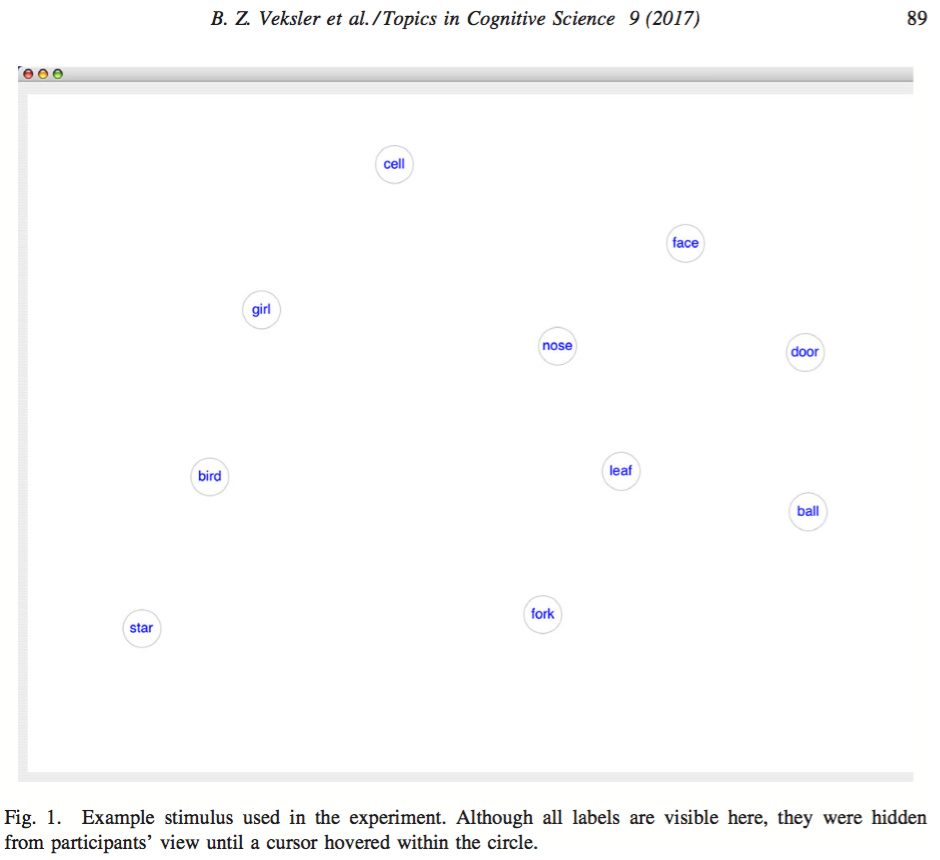
An example stimulus used in the paradigm of repeated serial search.
Abstract: Visual working memory (VWM) is a construct hypothesized to store a small amount of accurate perceptual information that can be brought to bear on a task. Much research concerns the construct’s capacity and the precision of the information stored. Two prominent theories of VWM representation have emerged: slot-based and continuous-resource mechanisms. Prior modeling work suggests that a continuous resource that varies over trials with variable capacity and a potential to make localization errors best accounts for the empirical data. Questions remain regarding the variability in VWM capacity and precision. Using a novel eye-tracking paradigm, we demonstrate that VWM facilitates search and exhibits effects of fixation frequency and recency, particularly for prior targets. Whereas slot-based memory models cannot account for the human data, a novel continuous-resource model does capture the behavioral and eye tracking data, and identifies the relevant resource as item activation.
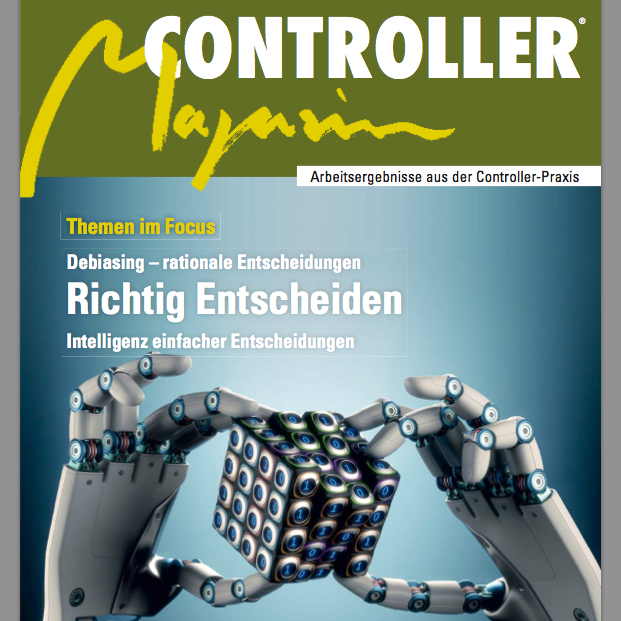
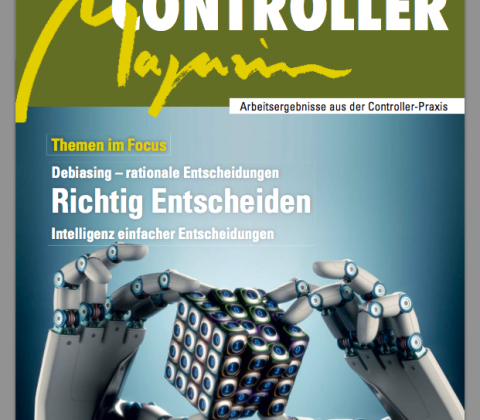
Artikel: Die Intelligenz einfacher Entscheidungsregeln
(Philip K. Dick, 1968)
Wolfgang Gaissmaier, Hansjörg Neth
Die Intelligenz einfacher Entscheidungsregeln in einer ungewissen Welt
Fazit: Unsere Welt mag sicher oder unsicher sein, aber wird immer eine ungewisse bleiben. Wir sollten uns von der Illusion ihrer umfassenden Berechen- und Kontrollierbarkeit verabschieden, ohne deswegen in Angststarre zu verfallen. Denn gute Entscheidungen sind dennoch möglich und beruhen auf einer angemessenen Einschätzung unserer Ausgangslage: Je berechenbarer eine Situation ist („Risiko“), desto mehr brauchen wir statistisches Denken und komplexe Modelle; je unberechenbarer eine Situation ist („Ungewissheit“), desto mehr brauchen wir einfache Heuristiken, einschlägige Erfahrung und Vertrauen auf Intuition (vgl. Abbildung 1). Dabei handelt es sich bei Risiko und Ungewissheit um Pole eines Kontinuums, so dass es sich bei den meisten Situationen um einen Zwischenzustand handeln dürfte. Die Kunst des guten Entscheidens besteht darin, zu wissen, wo auf diesem Kontinuum wir uns befinden, um das jeweils passende Entscheidungswerkzeug geschickt auszuwählen und gezielt zum Einsatz zu bringen. Und sie erfordert den Mut, Entscheidungen nicht zu verschieben oder zu vermeiden, sondern sie beherzt zu treffen und die Verantwortung für ihre Konsequenzen zu tragen.